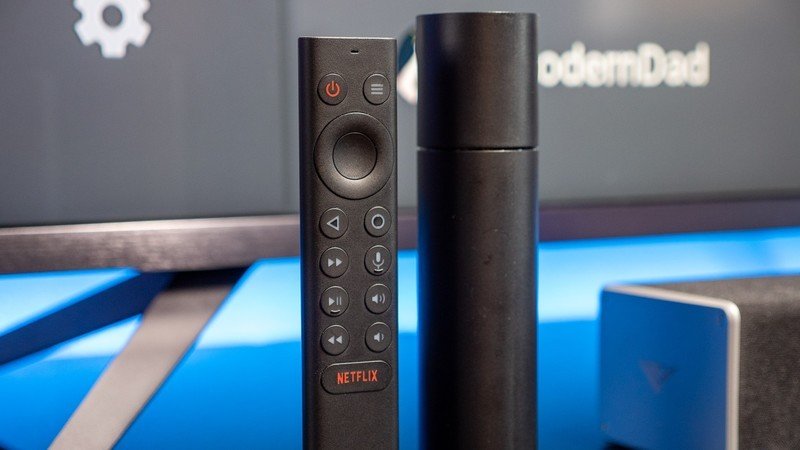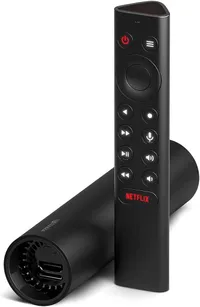Don't miss out on this rare deal on the best Android TV streaming box
The NVIDIA Shield is $25 off for Cyber Monday.

NVIDIA launched the current iteration of the Shield TV and Shield TV Pro three years ago, and they continue to be the best Android TV streaming solution around. I have a half-dozen TVs and projectors in the house that run Android TV, but I still use the Shield Pro connected to the TVs I use daily.
The Shield Pro stands out for the hardware on offer; it is several magnitudes faster than the internal hardware of any TV, so you get a lag-free interface that's noticeably fluid. It also has Dolby Vision and an AI-assisted feature that scales SD content to HD, and the best part is that you get GameStream built-in, so if you have a gaming machine with an NVIDIA video card, you can wirelessly stream games to the Shield or Shield Pro.
Then there's the fact that the Shield and Shield Pro get more software updates than just about anything else that runs Android. This has been a key differentiator for NVIDIA, and the regular software updates with feature additions make the streamer that much more enticing.
These boxes don't go on sale often, but for Cyber Monday they're available for $25 off. That brings the NVIDIA Shield down to just $124, and the beefier Shield Pro down to $174. If you bought a new TV this week and want to pair it with the best streaming box available, you'll want to act on this deal right now. I have a lot of tech in the house, and there are few products I recommend as wholeheartedly as the NVIDIA Shield.
NVIDIA Shield Android TV Streaming Box: $149 $124 at Amazon
The standard Shield gives you all the features you need in an Android TV streaming solution, and the 2GB of RAM and 16GB of storage is more than adequate for streaming. There's an AI-based feature that scales older content to HD, and it will get software updates for a long time.
NVIDIA Shield Pro Android TV Streaming Box: $199 $174 at Amazon
The Shield Pro uses the same foundation as the Shield, but you get 3GB of RAM and 16GB of storage here, making it a fabulous choice for your TV. There are also two USB ports, and you can connect a USB drive and run Plex natively on the Shield Pro, turning it into a media server.
The biggest difference between the standard Shield and the Shield Pro is that the latter has 3GB of RAM and double the storage at 16GB. The regular Shield isn't slow by any measure, but the Shield Pro has a little more headroom in this area.
But my favorite feature on the Shield Pro is the fact that you can use it as a media server. Just connect an external USB drive and run Plex on the Shield Pro, and you can stream the media stored on that USB drive to all devices on your home network. It is an affordable way to stream locally-stored media, and it works really well.
I'm also a fan of the wedge-styled remote. It has backlit buttons and feels good to hold and use. Overall, the Shield Pro has been one of my favorite tech products of all time, and after three years of usage, it is still just as fluid as the day I set it up. With the Android TV streaming box now selling for just $174, this is the ideal time to get started.
Get the latest news from Android Central, your trusted companion in the world of Android

Harish Jonnalagadda is Android Central's Senior Editor overseeing mobile coverage. In his current role, he leads the site's coverage of Chinese phone brands, networking products, and AV gear. He has been testing phones for over a decade, and has extensive experience in mobile hardware and the global semiconductor industry. Contact him on Twitter at @chunkynerd.


